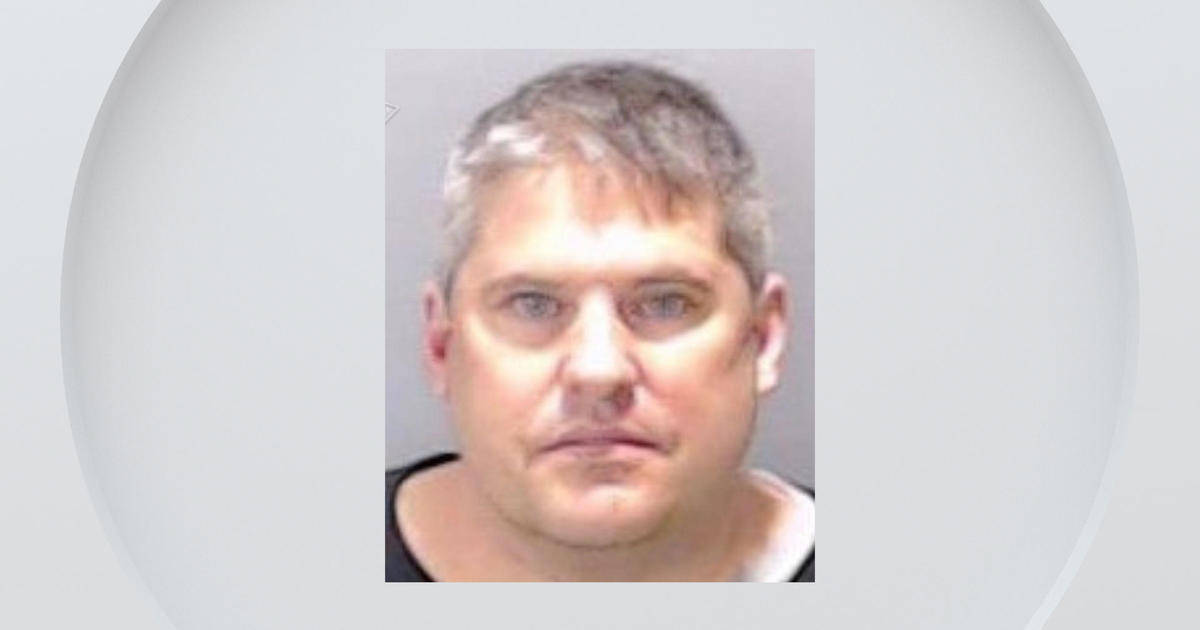Remnants Suggest Spaniards Died At Colorado Fort
GRAND JUNCTION, Colo. (AP) - For more than 300 years a few chunks of steel lay beneath the dust and sage roots a foot or so above. Over the years they eluded soldiers, scavengers, treasure-hunters and other passersby who might be attracted to a glint in the sand.
In December, a Colorado Mesa University student and a metal detector combined to pull the pieces from the dark of the rocky soil and into the western Colorado winter sun.
With that, a new light has been cast on the history of the territory west of Grand Mesa and south of Grand Junction, one that suggests that Spaniards were wandering in the Mesa County area a century or more before the Franciscan friars Dominguez and Escalante passed nearby in 1776.
The metallurgy of the finds suggests they fell to the ground and disappeared somewhere in the late 1500s to 1600s, said Rick Dujay, director of the Electron Microscopy Lab at CMU and scientific coordinator for the Western Investigations Team.
The team includes museum staff, scientists, consultants and college interns who work together to solve mysteries of the West.
The steel, combined with other discoveries, sheds light on how the Spaniards operated in the West and suggests they weren't the invincible conquering force they're often perceived to have been.
In fact, one conclusion that could be drawn from the recent finds is that the Spaniards, outfitted with heavy steel armor, early firearms and the latest in defensive fortifications, were defeated by a nimble band of lightly armed, determined Utes.
The story begins with the discovery a few years ago of a stone structure that continuing excavation revealed to be a redoubt, a four-sided stone structure that offered a defensive stronghold for three or four soldiers. As some members of WIT excavated the redoubt, CMU senior Dani Paszek worked nearby.
"I just noticed how weird it was to have five random rock piles" all lined up in a row, Paszek said.
Random it likely was not, said David Bailey, curator of history at the Museum of the West and director of WIT.
The arrangement of campfires in a line was a standard defensive measure for an encampment, offering uniform illumination behind the flames, as well as a defense against attack.
Inside the redoubt, CMU senior Amelia Bussell found deer bone and charcoal, presumably left behind by soldiers stationed within.
Not far from the redoubt, a metal detector picked up indications of heavy bits of metal, which the investigations team believes to have been part of a breastplate worn by a Spanish conquistador, or a soldier of fortune, to fend off such missiles as spears, arrows and the like. They also found an iron ingot, which likely was used to repair and replace swords or other metal weaponry, and a distinctive nail peculiar to the time period.
The armor was found not far from where CMU student Brandon Mauk found a round shot ball in a 2010 search of the area.
The search this December also turned up a trigger guard from a wheel lock, an early, pistol-like firearm that predated the flintlock, and which fired using a friction-wheel mechanism to ignite gunpowder.
"We knew the Spaniards were here," Bailey said, but the finds shed light on their operations and the opposition they faced.
The snapshot in time captured in the investigations team's findings suggests that the Spaniards didn't fare well.
"Obviously, whatever happened, they didn't get out of there," Dujay said.
The armor is particularly intriguing because it likely was worn by someone of wealth, Bailey said. Armor wasn't simply handed out to explorers of the New World, he said, likening such protection to the "BMW of the day."
An examination of the armor using CMU's 3-D digital microscope reveals the folding technique used in fashioning it, Dujay said.
It also shows the presence of copper and other impurities that Spanish weapons-makers later learned to eliminate in the making of their famous steel, Dujay said.
One continuing mystery is how the steel and other artifacts were left untouched through centuries in the shadow of Grand Mesa.
This area, after all, Dujay said, "has been used forever by man."
- By GARY HARMON, The Daily Sentinel
(© Copyright 2012 The Associated Press. All Rights Reserved. This material may not be published, broadcast, rewritten or redistributed.)



